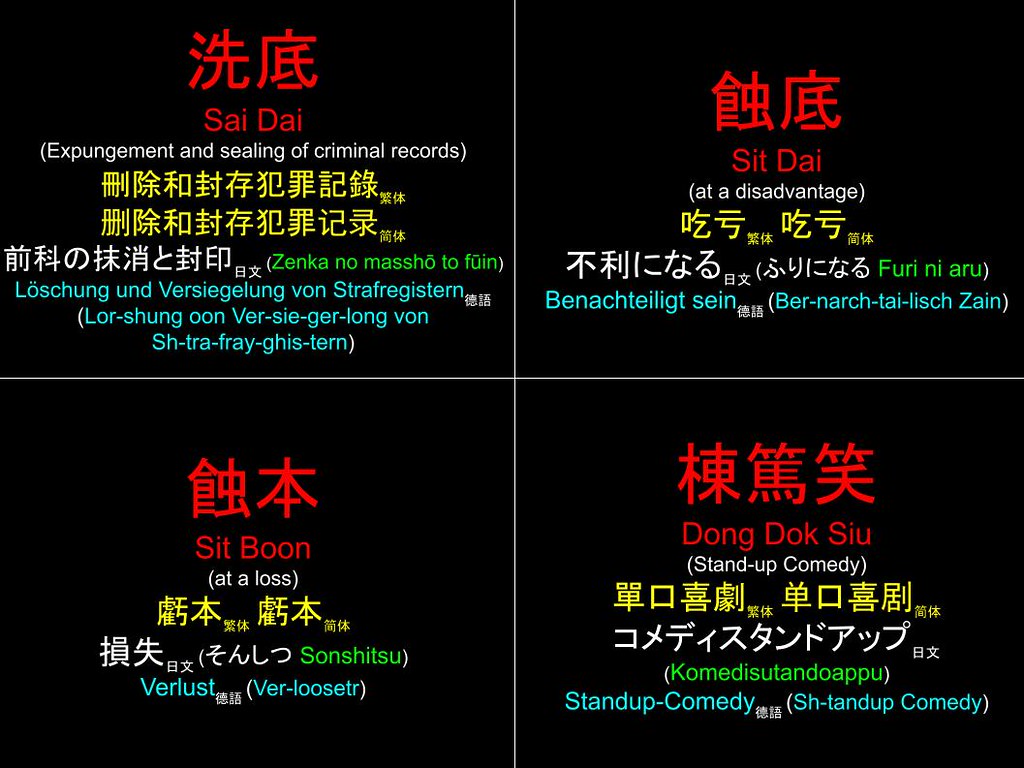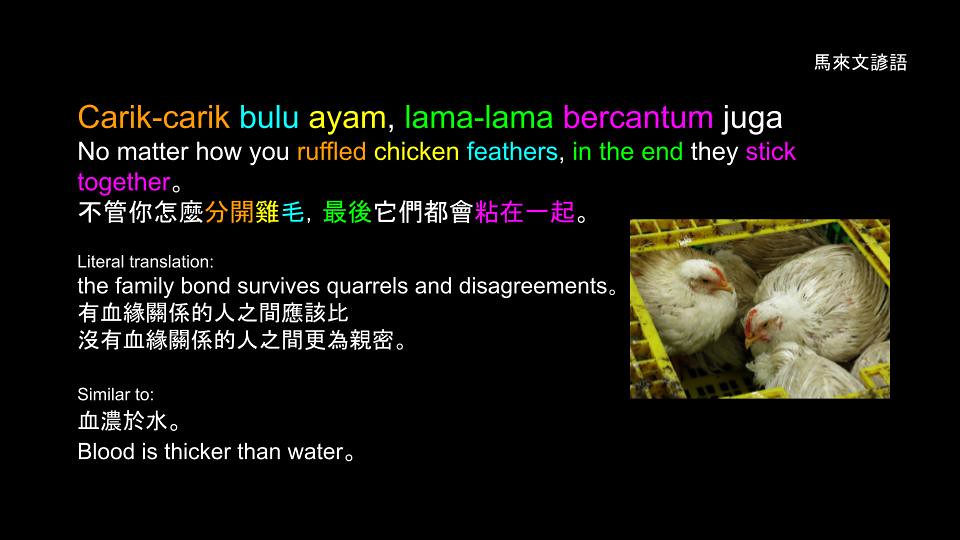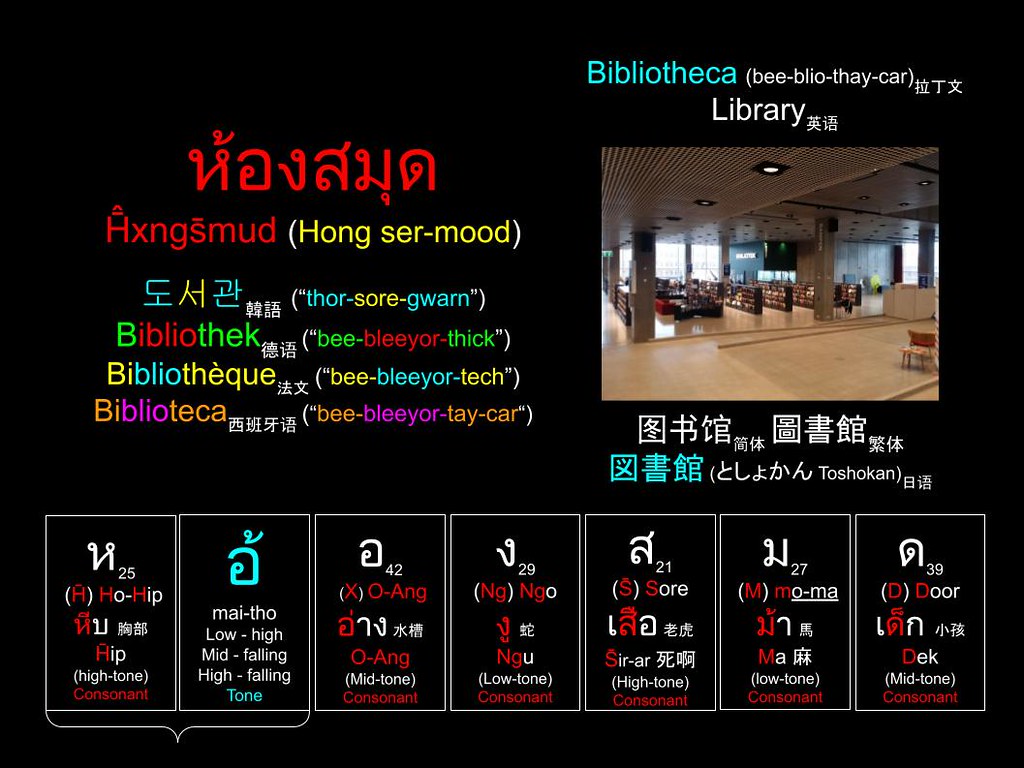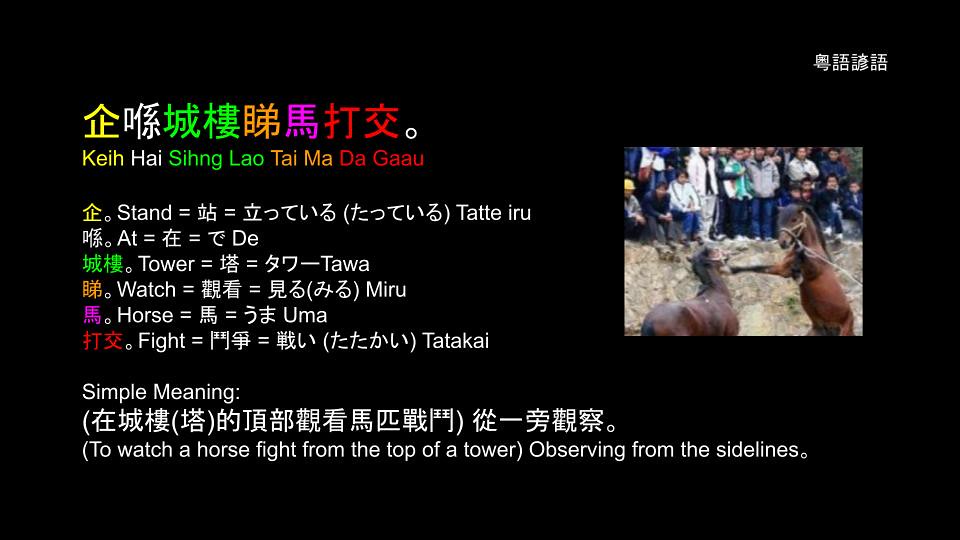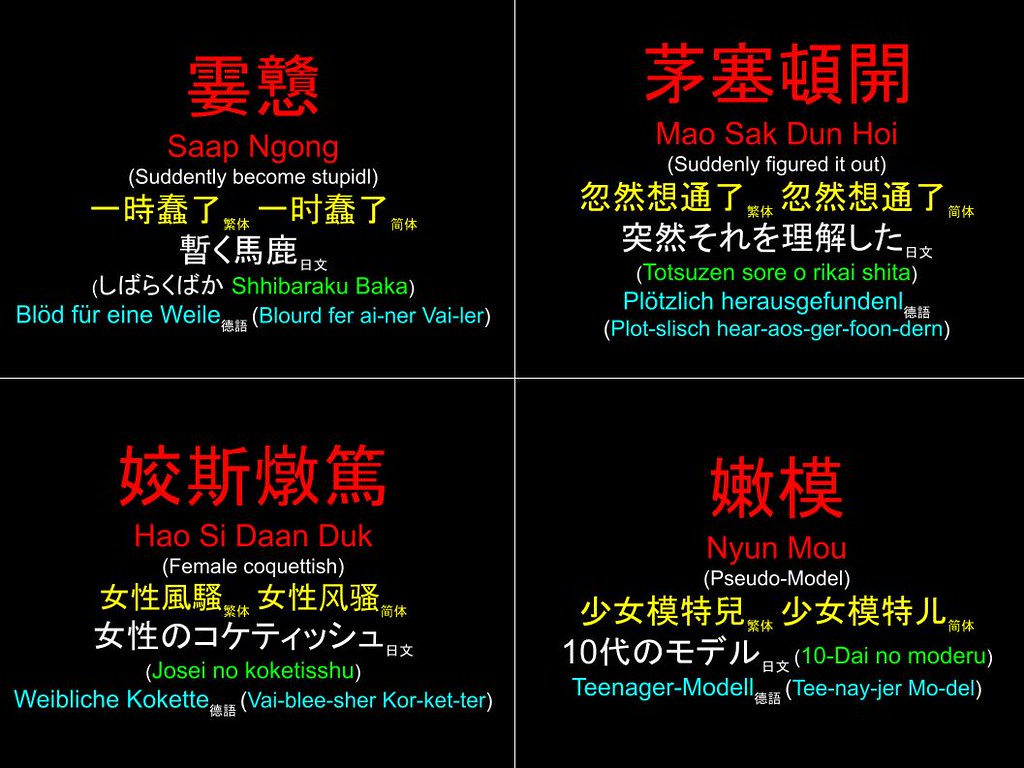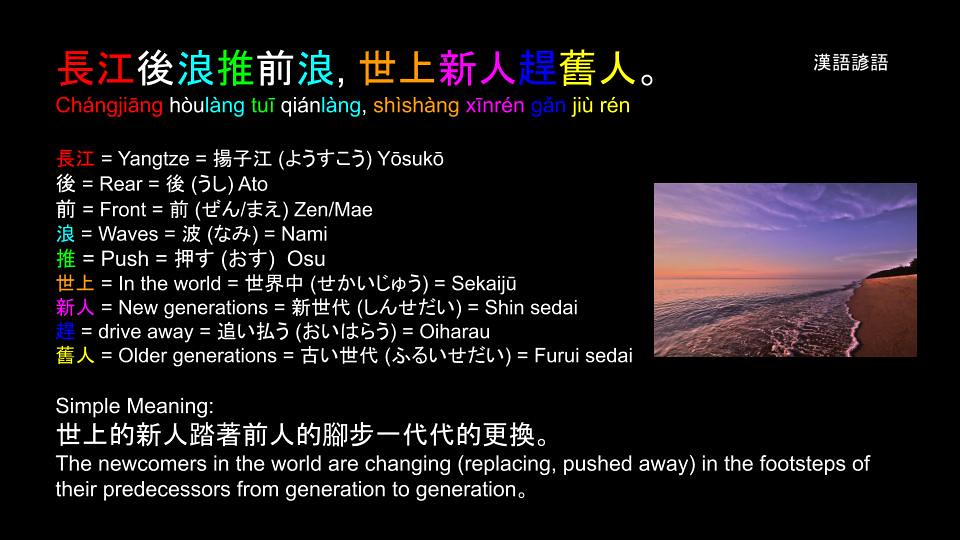"血糖生成指數 Glycemic Index (GI)"
which was introduced in 1981 by 大衛·J·詹金斯 David J. Jenkins (英國營養科教授) British-born University Professor) and co-workers (拿大多倫多大學營養科學系) in Toronto University, Canada. The GI Index was developed as a useful measurement for quantifying the relative rapidity with which the 身體分解碳水化合物 body breaks down carbohydrates. It takes into account only the available carbohydrate (總碳水化合物減去纖維 total carbohydrate minus fiber) in a food.
The "血糖生成指數 Glycemic Index (GI)" is a number from 0 to 100 assigned to a food, with pure glucose arbitrarily given the value of 100, which represents the relative 血糖值升高 rise in the blood glucose level two hours after consuming that food. The GI of a specific food depends primarily on the quantity and type of Carbohydrate it contains.
低升糖指數 Low GI : 1 to 55 (smaller spikes in blood sugar)
中等糖指數 Medium GI : 56 to 69 (relative higher spikes in blood sugar)
高糖指數 High GI : 70 and higher to max of 100 (high spikes in blood sugar)
Some research indicates that one of the major flaws with 血糖生成指數 Glycemic index is that it doesn't take into account how much food you have consumed. The GI value designed is based on a fixed portion size, typically 50 grams of available carbohydrates. In this regard, the glycemic index (GI) of pancakes equals to 66, which classifies it as a medium GI food' which does not take into how many pancakes a person consume!
What is "升糖負荷 Glycemic Load (GL)"?
The "血糖生成指數 Glycemic Index (GI)" is a number from 0 to 100 assigned to a food, with pure glucose arbitrarily given the value of 100, which represents the relative 血糖值升高 rise in the blood glucose level two hours after consuming that food. The GI of a specific food depends primarily on the quantity and type of Carbohydrate it contains.
低升糖指數 Low GI : 1 to 55 (smaller spikes in blood sugar)
中等糖指數 Medium GI : 56 to 69 (relative higher spikes in blood sugar)
高糖指數 High GI : 70 and higher to max of 100 (high spikes in blood sugar)
Some research indicates that one of the major flaws with 血糖生成指數 Glycemic index is that it doesn't take into account how much food you have consumed. The GI value designed is based on a fixed portion size, typically 50 grams of available carbohydrates. In this regard, the glycemic index (GI) of pancakes equals to 66, which classifies it as a medium GI food' which does not take into how many pancakes a person consume!
What is "升糖負荷 Glycemic Load (GL)"?
The concept of 升糖負荷 Glycemic Load (GL) was later introduced by Salmeron et al. at Harvard University in 1997 to account for the contribution of not only the type of carbohydrate (i.e., glycemic index) but additionally the amount of available carbohydrates per serving to the overall glycemic response. Glycemic load accounts for how much carbohydrate is in the food and how much each gram of carbohydrate in the food raises blood glucose levels.
GL Calculation:Glycemic load of a 100 g serving of food can be calculated as:
"Carbohydrate content measured in grams (g)" x "the food's GI"
100
低糖負荷 Low Glycemic load (low GL): 0 to 10.
中糖負荷 Medium Glycemic load (med GL): 11 to 19.
高糖負荷 High Glycemic load (high GL): 20 and over.
A food with a higher GL is expected to raise the serum glucose and insulin response per serving size (higher spikes) to a greater extent than that of a food with a lower GL.
Eg: Watermelon has a GI of 72
A 100 g serving of watermelon has 5 g of available carbohydrates
So, the GL of 100g serving of watermelon is:
5 x 72
100 = 3.6 (which is a Low GL per serving)
But if a person eats 1 kg serving of watermelon will have 50g of available carbohydrates
So, the GL of 1kg serving of watermelon is:
50 x 72
100 = 36 (which is a High GL per serving)
This means that even a Food item has a Low GI, but if consume with a large quantity will show a Higher/High GL.
For optimal health, the Glycemic Index Foundation recommends keeping your daily glycemic load under 100. Therefore have 3kg serving of watermelon will result in
150 x 72
100 = 108 (which is a High GL per day)
The Conclusion is that:
even a Food item has a Lower or Medium GI, it is recommended to consume it in moderation so that it does not result in an undesirable GL.
References:


